One of the biggest draws for visitors to the Cotswolds are its exceptionally beautiful towns, and there can be no denying that the likes of Broadway, Chipping Campden and Cirencester typify the region’s aesthetic with their golden stone buildings and quaint streets.
But there are dozens of other little-visited villages that are worth exploring across the region. And now lockdown restrictions are lifting, you can once again begin to discover them without the crowds. Here, local author Caroline Mills picks her favourite alternative towns from the Cotswolds.
Corsham
Often overlooked in favour of other Cotswold towns simply because they happen to be better known, Corsham is every bit worth visiting, not least because it is filled less with tourists and more with locals.
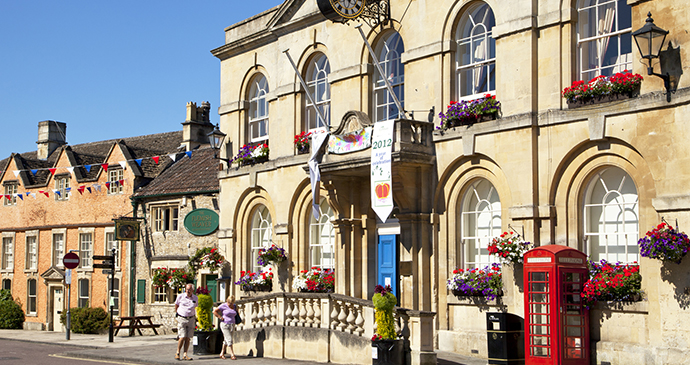
Right on the eastern edge of the Cotswolds, Corsham made its wealth through the wool trade, but being slightly away from the river and without the means to drive mills, the market town stuck to the less industrial tasks of spinning and weaving. The 17th-century row of Flemish cottages on the High Street was built for weavers who came from the continent.
Malmesbury
As a defensive location, Malmesbury has an ideal position upon a hill sandwiched between the two branches of the River Avon. Iron Age settlers were the first to make the most of its natural assets.
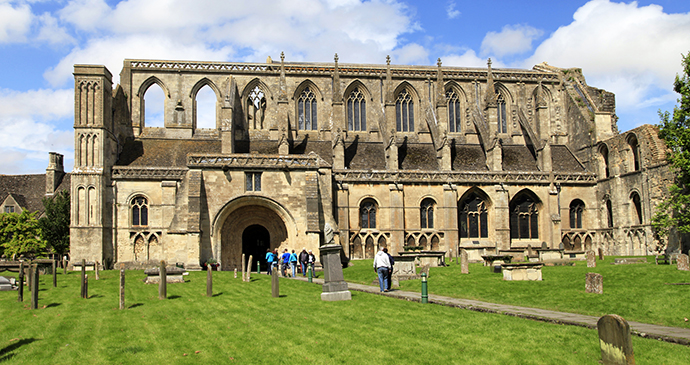
While today the Dyson headquarters is left vulnerable outside the town’s defences, at the heart of Malmesbury is its magnificent abbey, visible for miles around and dwarfing all other buildings in the town. On Tuesday evenings bell-ringing practice takes place; you’ll be able to hear them, wherever you are in the town.
Minchinhampton
Minchinhampton is a quiet old market town on the eastern edge of a hilltop.
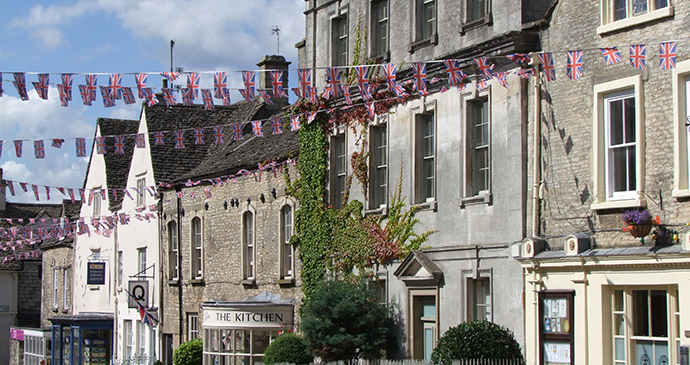
Its streets and buildings, including the arched Market House, are very enticing and the High Street is a heady mix of Cotswold gables and Georgian façades with barely a modern intrusion in sight. Perhaps the most striking of Minchinhampton’s buildings is Holy Trinity Church in Bell Lane.
Witney
While the Cotswolds were renowned for the ‘wool trade’, each town and village specialised in a specific aspect. In Witney, it was blankets. It doesn’t sound like the most exciting of histories, but actually it was one that dominated Witney from the Iron Age until recently.
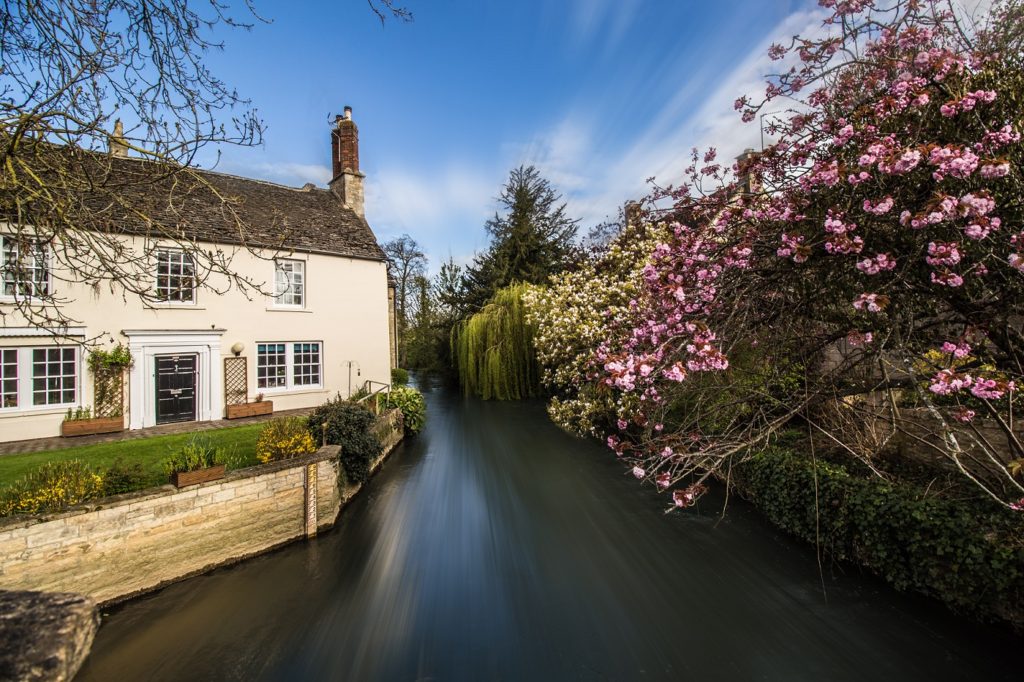
Blanket-making mills dot the Windrush all the way from Barrington and as far west as Worsham. The town had made a name for itself by about the 17th century when there were a significant number of weavers and, latterly, blankets made elsewhere could not be named as a ‘Witney blanket’, as the title was synonymous with quality.
Of most significance is the Witney Blanket Hall at the north end of the long High Street, where the Witney Company (or Guild) of Blanket Weavers hung out. Keeping the town’s traditions alive, the hall reopened in 2015 and sells blankets once more.
Wotton-under-Edge
Wotton is not picture-postcard stuff, but a working town with a welcoming spirit and a mix of architectural styles. In the centre is the little stream that flows down the valley, once used by dyers to change the colour of broadcloth.
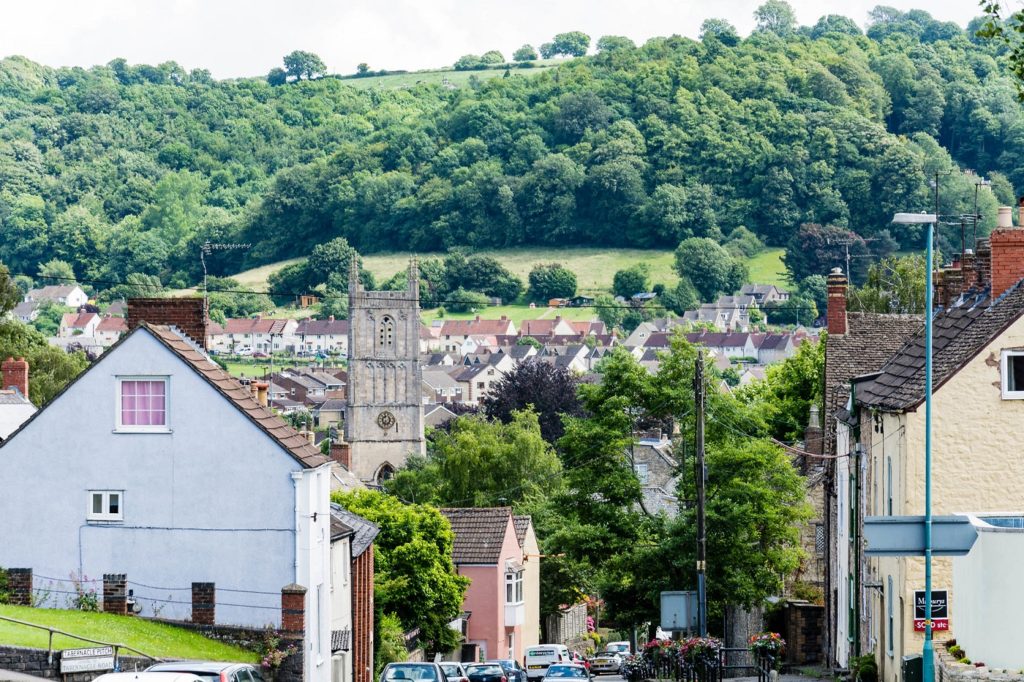
Wotton too was completely taken over by the woollen industry from the 13th to the 19th century and was originally one of the most important woollen towns in the area. Women would spin the wool while the men wove the yarn into cloth – there’s a string of weavers’ cottages on the Culverhay, close to the parish church.